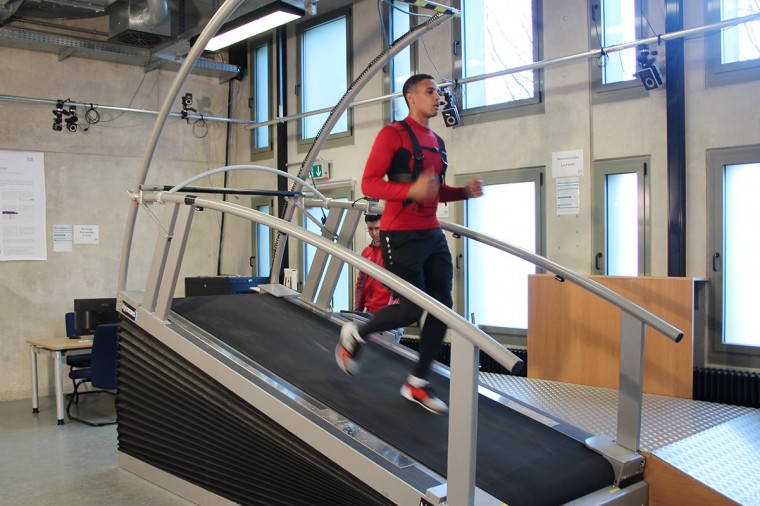Most h/p/cosmos treadmills are capable to allow downhill runs, either from factory or as retrofit. This function allows a wide varierty of applications and offers a range of interesting science projects to customers and researchers around the globe.
Now, researchers from France and the UK investigated the effects of downhill running of only 4 weeks time course. In the present study the researchers found significant changes in strength gains, whereas the neural adaptations for this short-term study contributed to the adaptations the most.
In general, the muscle contraction in negative slope walking and running is predominantly from eccentric action of the musculotendinous system, hence also specific neural control. Due to such training plan a change in the functional, neural, morphological and architectural adaptations will be the result. Even though these high muscular intensities the lower metabolic cost and cardiorespiratory demands are reported to be lower for a matched workload compared to other contraction modalities. This represents a huge importance in athletic and clinical populations.

